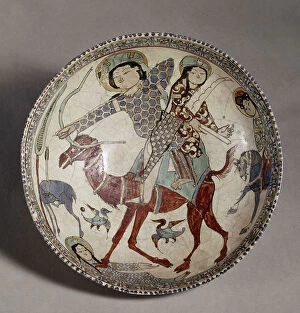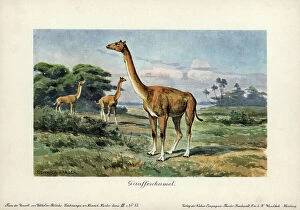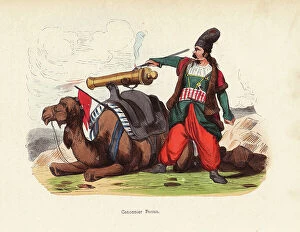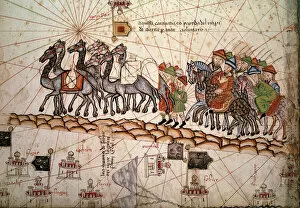Chameau Collection
Le chameau, symbole emblématique du 19ème siècle en Afrique du Nord et dans tout le Maghreb
All Professionally Made to Order for Quick Shipping
Le chameau, symbole emblématique du 19ème siècle en Afrique du Nord et dans tout le Maghreb, incarne à la fois la civilisation arabe et l'animal majestueux qui traverse les paysages pittoresques de l'Algérie. Dans une peinture à l'huile sur bois réalisée par Rudolph Ernst en 1900, nous pouvons observer une scène quotidienne autour d'une fontaine au Maroc. Cette représentation artistique captivante témoigne de la tradition et de la vie paisible qui règnent dans cette région. L'Orientalisme est également présent dans cet univers enchanté avec des palmiers imposants se dressant fièrement aux côtés des chameaux. Les couleurs vives utilisées par Ernst ajoutent une touche de vivacité à ce tableau déjà vibrant. Dans un autre registre, nous découvrons grâce à Alfred Couverchel un aspect plus sombre lié au colonialisme français en Algérie. Une illustration datant de 1862 montre comment les puits étaient asséchés grâce à un processus brutal impliquant des hommes et des chameaux forcés d'exercer leur force pour extraire l'eau. Cependant, il ne faut pas oublier que le chameau n'est pas seulement associé aux terres africaines. En Mongolie également, ces animaux sont omniprésents et jouent un rôle crucial dans la vie quotidienne des habitants locaux. Des troupeaux entiers traversent les vastes étendues mongoles accompagnés parfois d'une yourte traditionnelle mongole. Enfin, il est important de mentionner les aspects plus légers liés aux enfants et aux divertissements.
















































